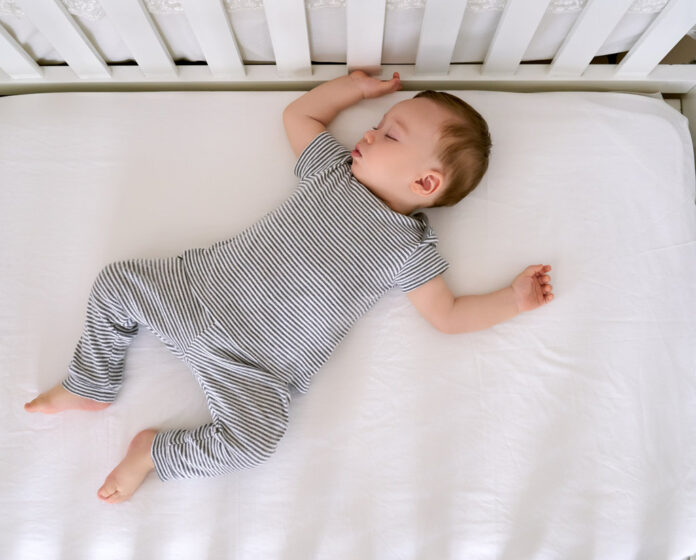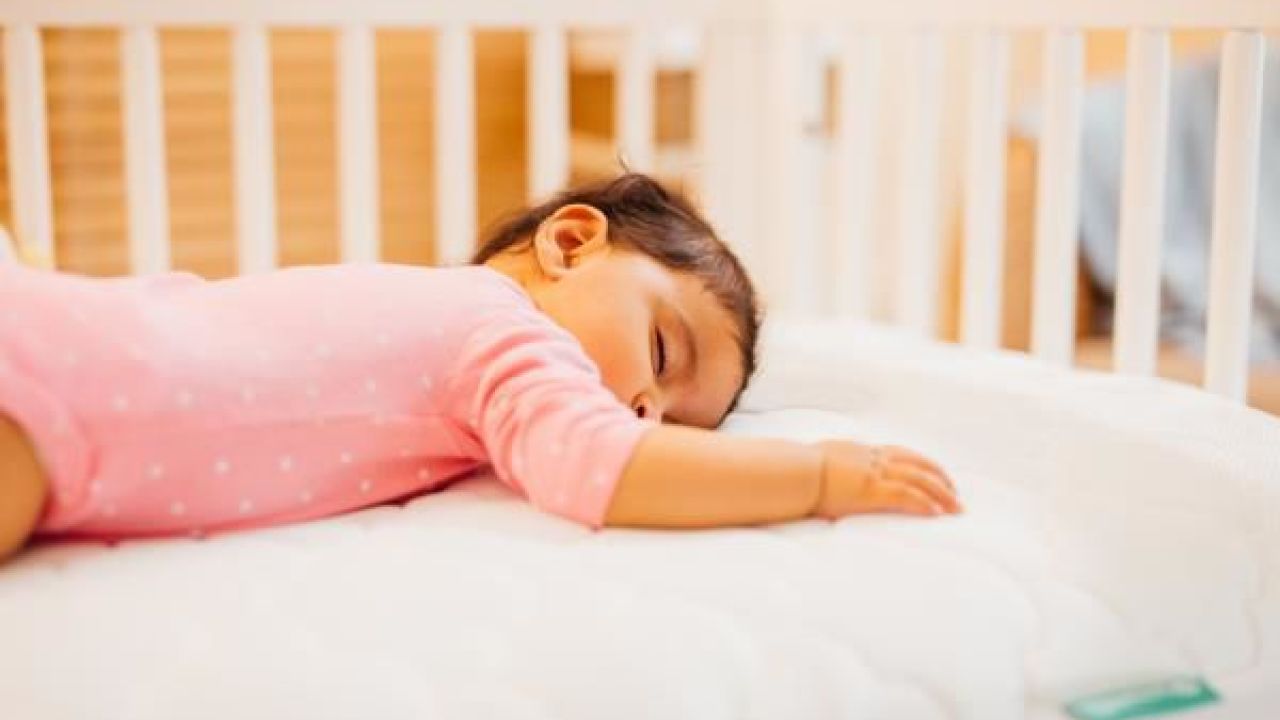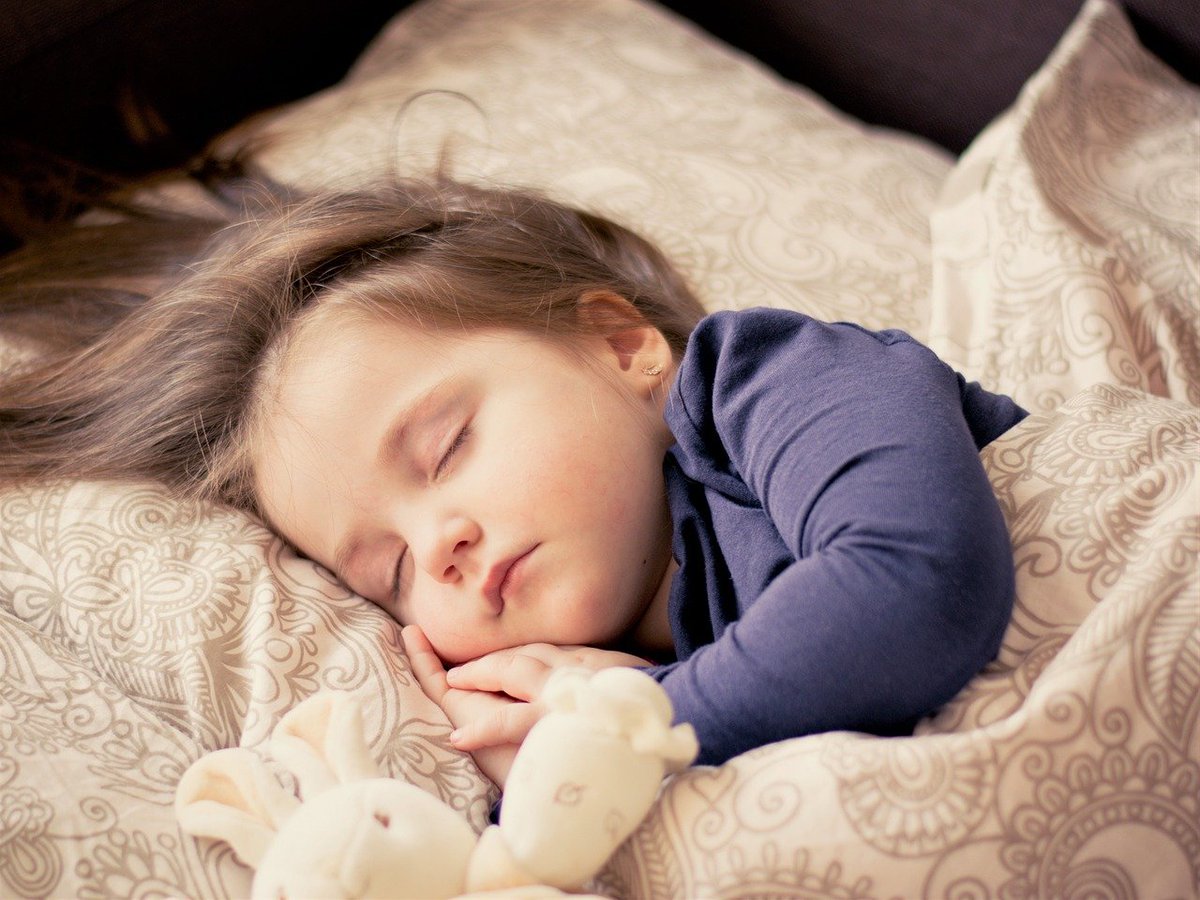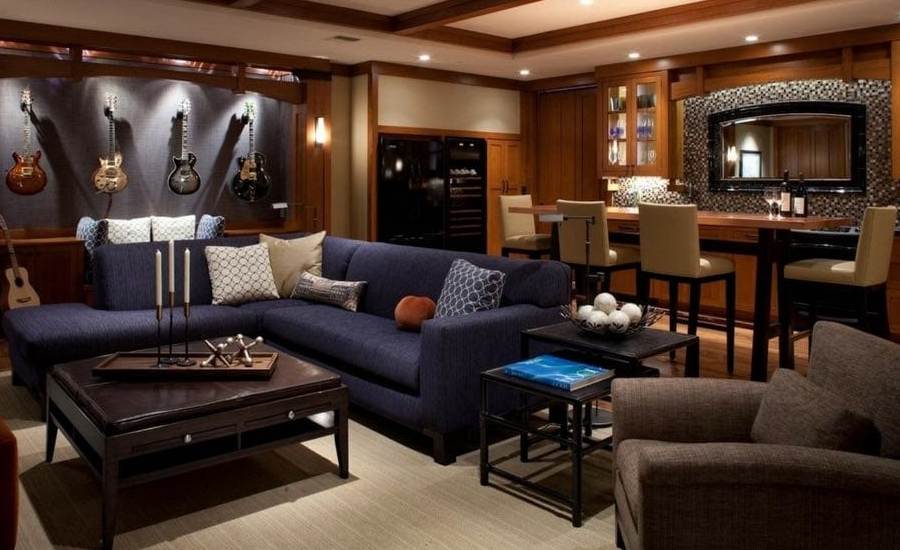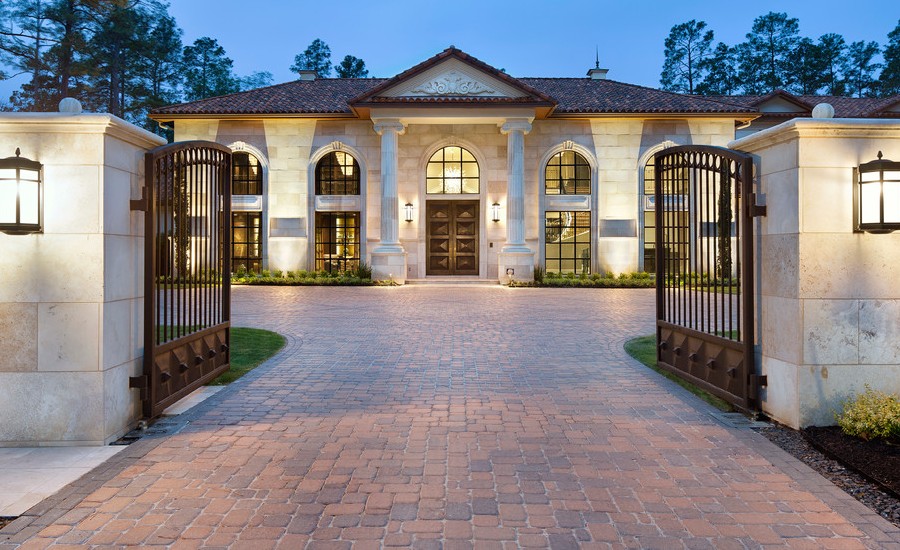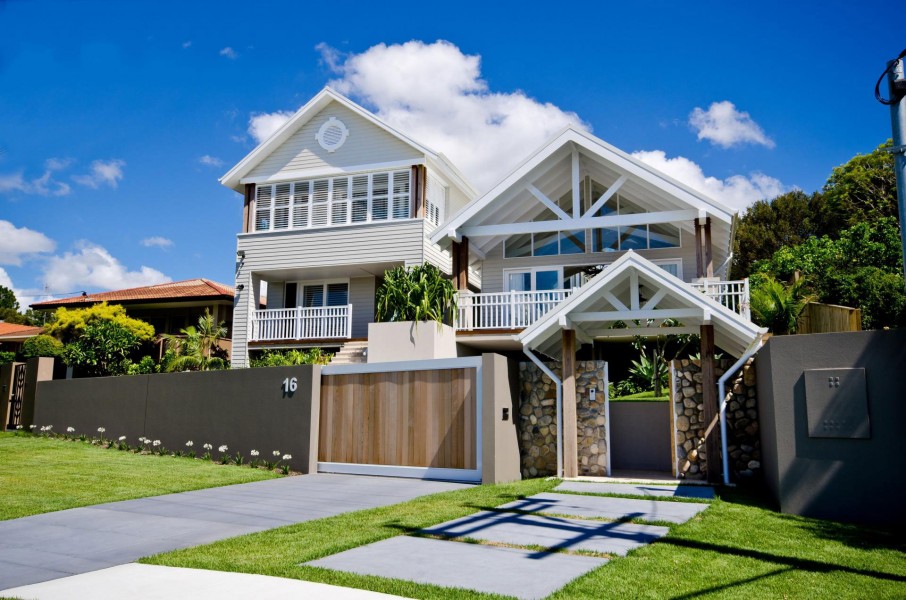Believe it or not, our bedrooms can be unsafe for infants. Keeping your bedroom safe for a newborn, a months-old baby, or a toddler is, therefore, paramount to avoid unfortunate accidents.
Contrary to popular belief, not all rooms aren’t safe for newborns. The little things like electric cords, small jewelry, or even adult medications are all within reach. That is why it is important to babyproof your home before the arrival of your baby. Here is a checklist to ensure your bedroom is baby-ready.
Make Sure Your Baby’s Changing Table Has a Safety Belt
When purchasing a changing table, ensure you get one with a safety belt. The purpose of the safety belt is to strap the place and prevent falls due to sudden movement.
When strapping your baby, be sure the belt is not too tight. This is to prevent discomfort to the baby or worse suffocation.
In addition to the safety belt, your changing table has to have guardrails on the four sides. Another important detail is to buy changing tables that curve slightly outwards. The reason for this is that the bottom of the table where the baby is the lowest point.
Ascertain the Crib Is Painted with Unleaded Paint
This is important; especially if you are using a crib made before 1976. Safety regulators banned lead paints that year. If ingested, lead can cause serious health problems and even death.
If you are not sure if your crib paint has lead, don’t use it. You can take paint samples to a lab for chemical analysis.
Never Leave a Baby Unattended to During Changing
Despite all the safety features of a changing table, accidents can still happen. Especially you leave a baby unattended. Put all you need during changing within your reach but out of the reach of the baby.
If you need something that requires you to leave the baby for a while, carry the baby along. This is to prevent accidents when your back is turned.
Avoid the Use of Baby or Talcum Powder
Talcum or baby powder contains microparticles that can cause suffocation or lung problems in babies if inhaled. No matter the temptation, avoid talcum powder in babies.
Keep Away Anything That Tangle Babies
Necklaces, strings, cords, and other similar things aren’t close to babies’ cribs. If the baby’s pacifier or toy has a cord, don’t attach it to the crib. A baby’s entanglement with any of these things can lead to serious injury or death by suffocation or choking.
Also, avoid dressing babies in clothes that have drawstrings because they might come loose and the baby might put the string in their mouth and lead to accidents. As a rule of the thumb, keep all cords three feet away from the crib.
Keep Baby Crib Is Safe
These are some of the things to look out for in your baby’s crib:
- If you can afford it, use a crib manufactured after June 2011. You can get such cribs at the BabyHood Baby store.
- Measure the spaces between the crib slats to confirm they not more than 6cm apart. Anything more will lead to the baby’s head being stuck in between the slats. A worse scenario is the baby falling out.
- The crib mattress should fit snugly with the crib, leaving no space where the baby can fall through.
- Regularly check all screws and joints to see if there is any damage, if you see anything that causes you to worry immediately rectify or call an expert to fix it.
- Ensure that you remove the plastic covering of the new mattress before use. This is to prevent suffocation in babies.
- Avoid using bumper pads in babies’ cribs; there is no concrete proof that it prevents accidents. There is, however, a possibility of the bumper pads causing suffocation accidents.
- Ensure that the crib does not have soft pillows, or bumper pads, and soft beddings.
- Make sure your baby’s cribs are free of cutouts to prevent suffocation.
- Crib gyms might be harmful to your baby it is not advised.
Other Things to Look Out For
- Install Carbon monoxide (CO) detectors in your bedroom. CO is a poisonous, sweet-smelling, and colorless gas that can kill in minutes when inhaled.
- Install window guards on all the windows in your bedroom to prevent falls from windows.
- See that the night-lights are not close to curtains, to prevent fire accidents.
- Install smoke detectors outside your bedroom especially if you have a furnace in your home
- Fasten dressers to the wall, to prevent them from falling and injuring your baby.
- To minimize fire accidents, let your baby wear fire-retardant nightwear.
- Check all medications and keep them out of the reach of children.
- Keep small and harmful objects like pins, coins, and scissors away from babies.
- If you own firearms, keep them locked in gun safes.
- Keep curtains away from the crib to prevent the baby’s suffocation.
- Get a baby monitor, to check on your baby when you are away.
Conclusion
Ensuring that your bedroom is safe for your baby is paramount, following this checklist will ensure that it happens.
No effort should be spared in ensuring that your bedroom is safe for your baby, constant vigilance and being proactive are the only ways to prevent or minimize infant accidents. This checklist is not exhaustive; the goal is an accident-free zone. With dedication, your room can be safe for your baby.

